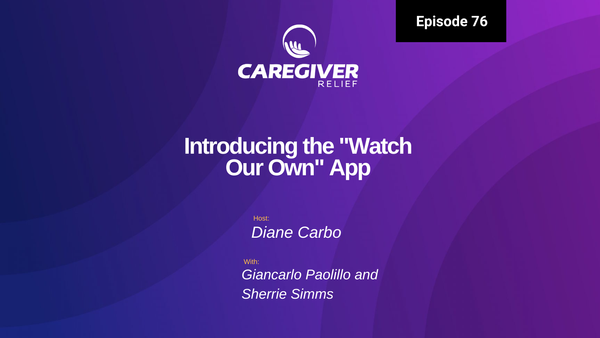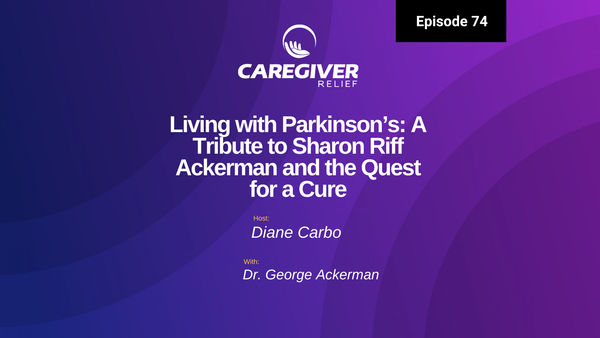Navigating Recovery: Essential Care Tips for Stroke Survivors and Their Families
Navigate stroke recovery with essential tips on adapting home for safety, managing healthcare, and emotional support. Learn about diet, exercise, and creating a nurturing environment for both survivors and caregivers, fostering resilience and progress.
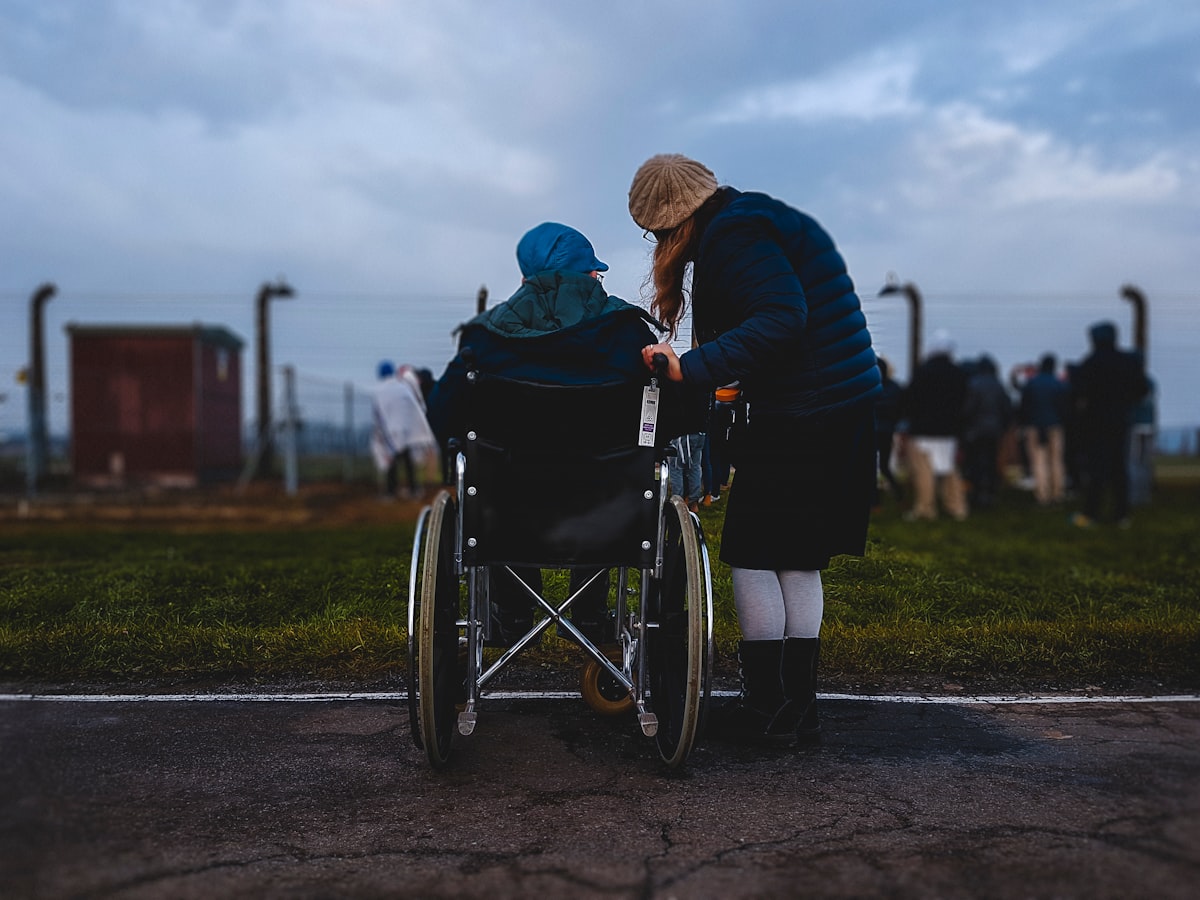
A stroke represents a significant and often daunting challenge, both for the person who has suffered it and for their caregivers. Understanding the journey of recovery and the critical role of family members in facilitating healing is essential. This comprehensive guide aims to provide valuable insights and practical advice for those caring for a stroke survivor, emphasizing the importance of self-care for caregivers, the intricacies of the recovery process, the value of mental and physical exercises, and crucial information about medication and stroke prevention.
Self-Care for Caregivers: A Priority in Stroke Recovery
Caring for a stroke survivor can be emotionally, mentally, and physically demanding. It's crucial for caregivers to remember their well-being is just as important. Neglecting personal health can lead to burnout and decreased effectiveness in caregiving. Activities like taking short walks, maintaining a healthy diet, and finding time for personal reflection are vital. Ensuring you are well-rested and emotionally stable enables you to provide the best possible care.
Understanding the Recovery Process
The journey after a stroke involves various stages, including acute care, spontaneous recovery, rehabilitation, and adaptation to community living. Caregivers need to be prepared for the responsibilities that come with each stage, such as managing medications, scheduling doctor’s appointments, and facilitating physical and mental exercises. Effective communication within the family is crucial to manage these tasks efficiently.Each stage of recovery comes with its unique challenges and requirements.
Acute Care Phase of Stroke Recovery
Timeframe: This phase typically occurs immediately after the stroke and can last for several days to a few weeks.
Medical Focus: The primary goal is to stabilize the patient, which may involve intensive medical treatments and monitoring in a hospital setting.
Caregiver Responsibilities: Caregivers may need to make critical decisions regarding treatment options, communicate with medical professionals, and provide emotional support. Understanding the medical information, potential side effects of treatments, and prognosis are essential.
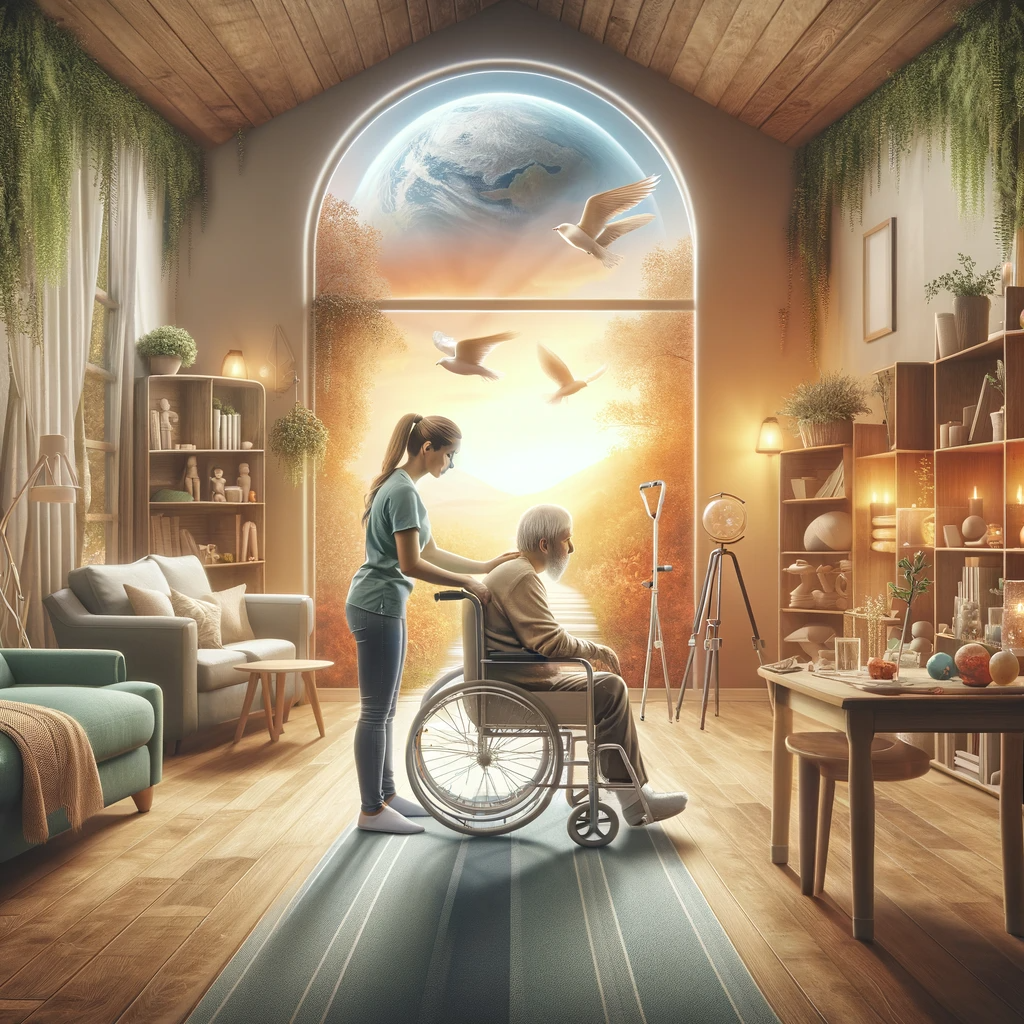
Spontaneous Recovery Phase
Timeframe: This stage can last up to three months post-stroke.
Natural Healing: The body begins to naturally recover, and some functions may spontaneously return. The extent of spontaneous recovery varies significantly among individuals.
Caregiver Responsibilities: Observing and noting changes in the survivor's abilities is crucial. This information can help healthcare providers tailor rehabilitation plans. Caregivers should encourage and support the survivor in these early recovery stages while being mindful of the survivor’s fluctuating energy levels and abilities.
Rehabilitation Phase
Timeframe: This phase can start within a few weeks of the stroke and continue for months or even years.
Active Recovery: Focuses on regaining strength, skills, and independence. Rehabilitation may include physical therapy, occupational therapy, speech therapy, and other specialized interventions.
Caregiver Responsibilities: Transporting the survivor to therapy sessions, assisting with exercises at home, and ensuring that the survivor remains engaged in their rehabilitation plan. This stage may also involve adapting the home environment to accommodate any disabilities.
Adaptation to Community Living
Long-Term Adaptation: After significant recovery, the focus shifts to adapting to life with any remaining disabilities and reintegrating into the community.
Social and Emotional Support: Encouraging participation in social activities, support groups, or community programs can be beneficial.
Caregiver Responsibilities: Assisting in this transition involves helping the survivor find and use resources, advocating for their needs, and providing emotional support. It may also mean continuing to manage medications and appointments and monitoring for any changes in health status.
Communication and Coordination
Within the Family: Keeping all family members informed and involved is essential. Effective communication helps in coordinating care, sharing responsibilities, and providing consistent support to the stroke survivor.
With Healthcare Providers: Regular communication with healthcare professionals ensures that the care plan is up-to-date and that any health changes are addressed promptly.
Overall, understanding these stages helps caregivers prepare for the evolving needs of the stroke survivor. Each phase requires different types of support, and being well-informed can make the recovery process smoother and more effective.
Mental and Physical Exercises: Key to Rehabilitation
On the role of mental and physical exercises in the rehabilitation of stroke survivors reveals their critical importance in aiding recovery. These exercises are designed to help regain lost abilities, improve cognitive and physical functions, and enhance overall quality of life.
Importance of Tailored Exercises
Personalization: Every stroke survivor has unique challenges and capabilities. Consulting with healthcare professionals allows for the development of a personalized exercise plan that aligns with the survivor's current abilities and recovery goals.
Gradual Progression: The exercises should be designed to gradually increase in difficulty, allowing the survivor to build on their progress without becoming overwhelmed or discouraged.
Types of Physical Exercises
Motor-Skill Exercises: These exercises focus on improving coordination and strength, particularly in areas most affected by the stroke. They may include range-of-motion exercises, strength training, and balance exercises.
Functional Exercises: These are designed to help survivors relearn daily activities such as walking, dressing, and eating. Occupational therapists often guide these exercises to ensure they are safe and effective.
Constraint-Induced Therapy: Sometimes, forcing the use of the affected limb can help in regaining movement and function. This approach should be done under professional guidance.
Mental Exercises for Cognitive Rehabilitation
Speech and Language Therapy: For survivors who have difficulty with speech, exercises may include repetition of words, reading, and conversation practice to improve language skills.
Memory and Problem-Solving Exercises: Activities like puzzles, memory games, and strategy-based board games can help improve memory, concentration, and problem-solving skills.
Technology-Aided Exercises: Computer programs and applications designed for cognitive rehabilitation can provide interactive and engaging ways to improve cognitive functions.
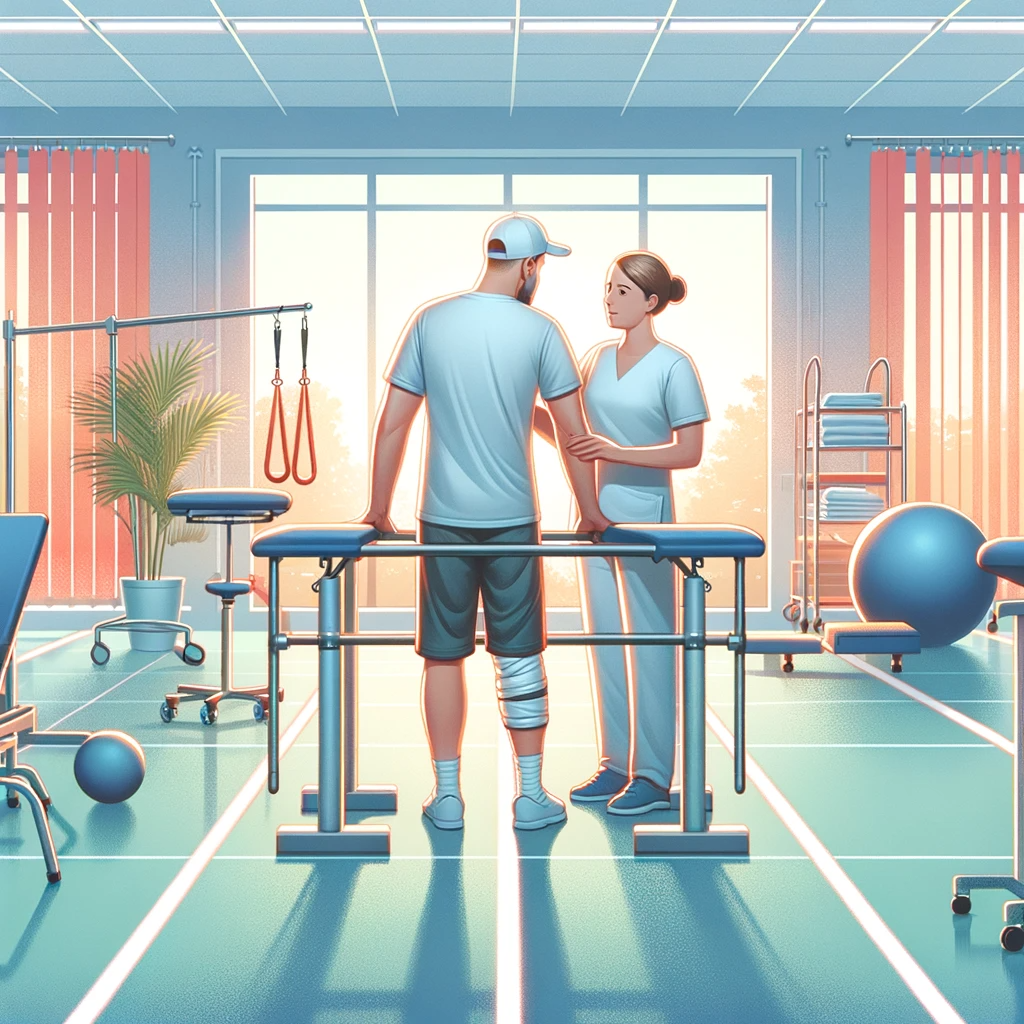
Integrating Exercises into Daily Life
Routine Activities: Incorporating exercises into daily routines can make them more engaging and less burdensome. For instance, cooking or gardening can be a form of therapy if it involves movement, coordination, and cognitive planning.
Recreational Activities: Hobbies and interests such as painting, playing a musical instrument, or simple craft projects can be therapeutic and enjoyable, enhancing motivation and engagement in the rehabilitation process.
Emotional and Psychological Considerations
Avoiding Overwhelm and Frustration: It's crucial to recognize the emotional challenges that come with stroke recovery. Setting realistic goals and celebrating small achievements can help maintain motivation.
Incorporating Social Interaction: Activities that involve social interaction, such as playing games with family or participating in group therapy, can provide emotional support and reduce feelings of isolation.
Regular Assessment and Adjustment
Monitoring Progress: Regular assessments by healthcare professionals are important to track progress and make adjustments to the exercise regimen as needed.
Flexibility in Approach: The exercises should be adaptable. If a certain activity is causing frustration or is not effective, it should be modified or replaced with a more suitable alternative.
In conclusion, mental and physical exercises are a cornerstone of stroke rehabilitation. They should be carefully tailored to the individual's needs, progressively challenging, and, importantly, engaging and enjoyable. By incorporating these exercises into the rehabilitation process, caregivers and healthcare professionals can significantly contribute to the stroke survivor’s journey towards recovery.
Continence Problems After a Stroke
Medication and Stroke Prevention Awareness
Awareness of the potential side effects of medications is crucial. Some drugs, like blood thinners, can have significant risks, including internal bleeding. Caregivers should be well-informed about all medications being taken and engage actively in discussions with healthcare professionals. Additionally, understanding factors that contribute to stroke prevention, such as managing blood pressure, maintaining a healthy diet, regular exercise, and avoiding smoking, is vital for both the caregiver and the survivor.
The psychological aspect of stroke recovery is as crucial as the physical rehabilitation process. Stroke survivors often grapple with significant changes in their abilities and lifestyle, which can lead to feelings of frustration and depression. Understanding and addressing these emotional challenges is key to a holistic recovery approach.
Recognition of Emotional Changes
Frustration: It stems from the loss of independence and the difficulty in performing tasks that were once easy. Stroke survivors might feel frustrated with their slow progress or physical limitations.
Depression: This is common after a stroke, due to both the physical effects of brain injury and the emotional impact of dealing with a life-altering event. Symptoms can include feelings of sadness, loss of interest in activities, and withdrawal from social interactions.
Providing Emotional Support
Empathy and Understanding: Caregivers should strive to empathize with the stroke survivor, acknowledging their feelings and the challenges they are facing.
Encouragement: Positive reinforcement and encouragement are vital. Celebrating small achievements and highlighting improvements can boost the survivor’s morale.
Inclusive Communication: Involve the survivor in decisions about their care and recovery. This can help them feel more in control and less helpless.
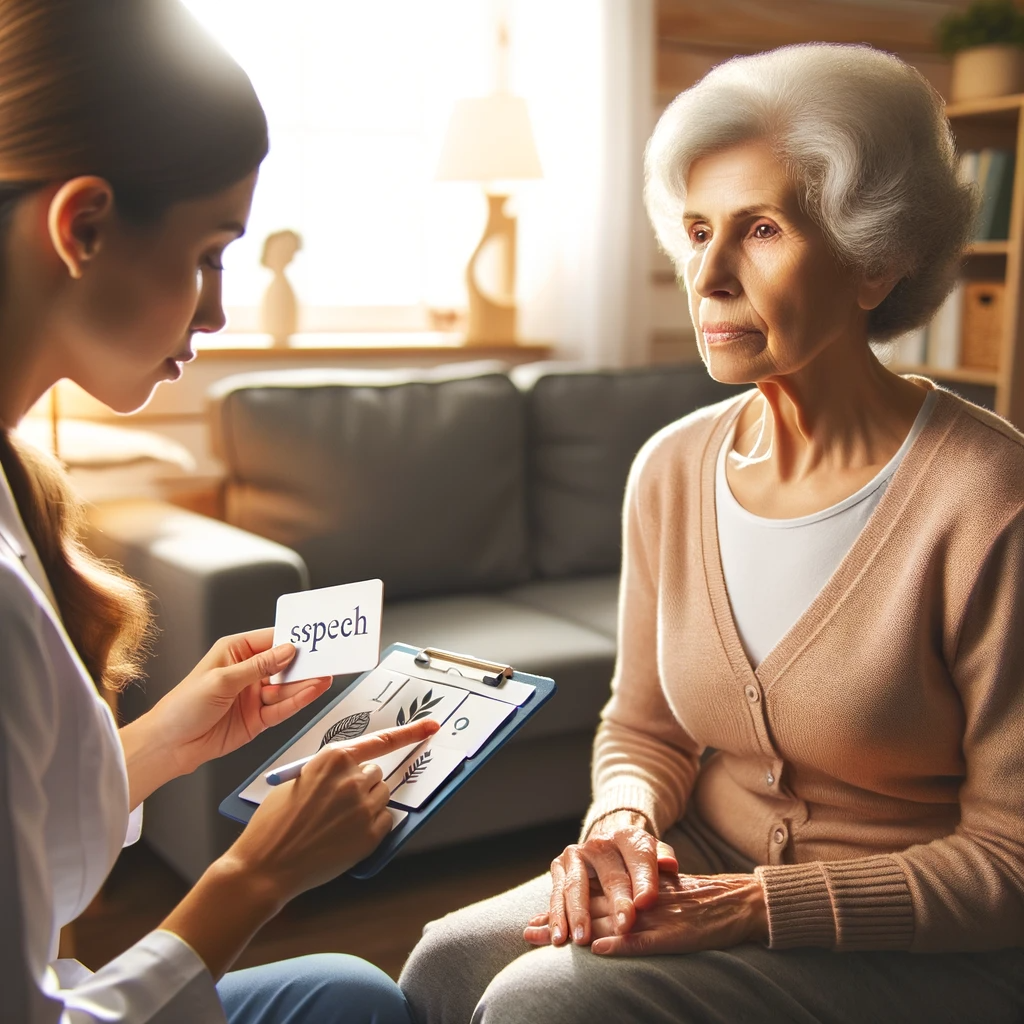
Encouraging Open Communication
Safe Space for Expression: Creating an environment where the survivor feels comfortable expressing their feelings is important. Regularly ask them about their emotions and listen attentively.
Family Involvement: Encourage family members to also be open about their feelings. This mutual sharing can strengthen family bonds and provide mutual support.
Professional Mental Health Support
Counseling and Therapy: Professional help can be crucial. Therapists specializing in stroke recovery or psychologists can provide coping strategies and therapeutic interventions.
Support Groups: Participating in stroke survivor and caregiver support groups can be beneficial. Sharing experiences with others in similar situations can provide comfort and practical advice.
Managing Expectations
Realistic Goals: Setting realistic goals for recovery can help in managing expectations and reducing feelings of frustration.
Adapting to Changes: Helping the survivor to adapt to their new abilities and find new ways to enjoy activities can reduce feelings of loss.
Incorporating Relaxation Techniques
Mindfulness and Meditation: Techniques such as mindfulness, meditation, or gentle yoga can help in managing stress and improving emotional well-being.
Engaging in Hobbies: Encourage the survivor to engage in hobbies or activities they enjoy, which can be therapeutic and provide a sense of achievement.
Monitoring and Responding to Changes
Regular Check-ins: Regularly check in on the emotional well-being of the survivor. Be alert to any changes that might indicate deepening depression or anxiety.
Adapting Care Plans: Be prepared to adapt care plans to address psychological needs. This might include more frequent counseling sessions or changes in daily routines.
In summary, managing the psychological aspects of stroke recovery, such as frustration and depression, requires a compassionate, patient, and proactive approach. Caregivers play a pivotal role in providing emotional support, facilitating communication, and ensuring access to professional mental health resources. By addressing these emotional needs, caregivers can significantly contribute to the overall well-being and recovery of the stroke survivor.
Sight Problems After a Stroke
Navigating the Healthcare System
Navigating the healthcare system effectively is a crucial component of supporting a stroke survivor's recovery. The complexity of the healthcare system can often be overwhelming, especially in the context of stroke care which involves multiple specialties and often, long-term treatment plans. For caregivers, being well-informed and proactive is key to ensuring the best possible care for the stroke survivor.
Understanding the Roles of Healthcare Professionals
Primary Care Physicians: They often coordinate overall medical care and can provide referrals to specialists.
Neurologists: Specialists in brain health, crucial in the immediate aftermath of a stroke and for ongoing neurological assessments.
Rehabilitation Specialists: Include physical therapists, occupational therapists, and speech therapists who play a key role in recovery.
Psychologists or Psychiatrists: They help address the mental health challenges that can accompany stroke recovery.
Social Workers or Care Coordinators: These professionals can assist with navigating the healthcare system, understanding insurance coverage, and accessing community resources.
Being Proactive in Medical Appointments
Preparation: Before appointments, prepare a list of questions and concerns. This ensures that important topics are not overlooked.
Active Participation: Engage actively in discussions with healthcare professionals. Understand treatment options, potential side effects, and the expected course of recovery.
Note-Taking: Keep detailed notes during appointments for future reference and to share with other family members.
Staying Informed About Stroke Care and Recovery
Research: Stay updated on the latest research and advancements in stroke treatment and rehabilitation. Reputable medical journals, stroke associations, and specialized websites are valuable resources.
Educational Resources: Utilize resources provided by healthcare facilities, such as informational brochures, workshops, or seminars on stroke care.
Support Networks: Engage with support groups or online forums where you can learn from the experiences of other caregivers.
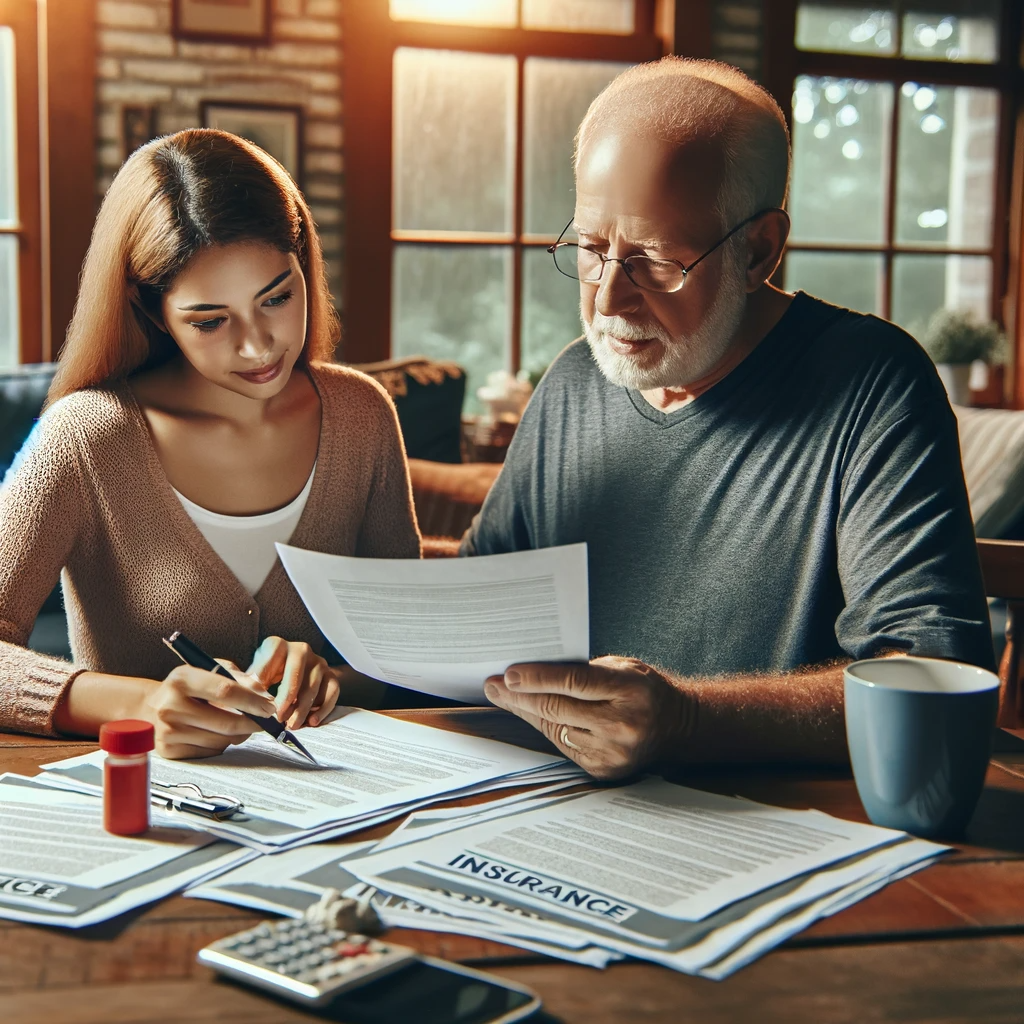
Understanding Insurance and Financial Aspects
Insurance Coverage: Gain a clear understanding of what treatments and rehabilitation services the insurance covers. This may require direct communication with insurance providers.
Cost Management: Be aware of the costs associated with ongoing care and explore options for financial assistance if needed.
Coordinating Care Among Different Providers
Information Sharing: Ensure that all health professionals involved in the stroke survivor’s care have access to relevant medical records and treatment plans.
Appointment Scheduling: Keep track of appointments and coordinate them to ensure consistency in care and to avoid scheduling conflicts.
Advocating for the Stroke Survivor
Patient Advocacy: Be the voice for the stroke survivor, especially in situations where they may not be able to fully express their needs or concerns.
Decision Making: Assist in making informed decisions about treatments and care plans, taking into account the preferences and best interests of the stroke survivor.
Preparing for Long-Term Care Needs
Future Planning: Consider the long-term needs of the stroke survivor, including potential changes in living arrangements, ongoing therapy needs, and home modifications.
Community Resources: Explore community resources that can provide additional support, such as home health aides, meal services, or transportation assistance.
In conclusion, effectively navigating the healthcare system requires caregivers to be well-informed, proactive, and organized. Understanding the various roles of healthcare professionals, actively participating in medical appointments, staying informed about the latest developments in stroke care, and advocating for the needs of the stroke survivor are all essential components of this process. By mastering these aspects, caregivers can play a significant role in facilitating a smooth and successful recovery for the stroke survivor.
Mood Swings and Personality Changes After a Stroke
The Role of Diet and Lifestyle in Stroke Prevention and Recovery
The role of diet and lifestyle in stroke prevention and recovery cannot be overstated. Both for individuals at risk of a stroke and those who are recovering from one, making informed choices about diet and lifestyle can have a significant impact on health outcomes.
Healthy Diet for Stroke Prevention and Recovery
Low in Saturated and Trans Fats: Diets high in these types of fats can increase cholesterol levels, leading to atherosclerosis (narrowing of the arteries), which is a major risk factor for stroke. Foods to limit include fatty meats, full-fat dairy products, and fried foods.
Rich in Fruits and Vegetables: These foods are high in vitamins, minerals, and fiber, and low in calories, which can help maintain a healthy weight and reduce stroke risk. They also contain antioxidants that can protect against cell damage.
Whole Grains: Choosing whole grains over refined grains helps in maintaining healthy blood pressure and reducing the risk of stroke. Whole grains include foods like oatmeal, whole wheat bread, and brown rice.
Lean Proteins: Sources such as fish, poultry, beans, and nuts are healthier alternatives to red meat. Fish, especially those rich in omega-3 fatty acids like salmon, can be particularly beneficial for heart health.
Controlled Sodium Intake: High sodium intake is linked to high blood pressure, a major stroke risk factor. Reducing salt in cooking and avoiding processed foods high in sodium is important.
Adequate Hydration: Staying well-hydrated is essential for overall health. Water is the best choice for hydration; sugary drinks should be avoided.
Importance of Regular Physical Activity
Regular Exercise: Regular physical activity helps maintain a healthy weight, lowers cholesterol, and reduces blood pressure. It’s recommended to engage in at least 150 minutes of moderate-intensity aerobic activity per week.
Types of Exercise: Aerobic exercises like walking, swimming, or cycling are beneficial. Strength training and flexibility exercises are also important components of a well-rounded exercise program.
Exercise Post-Stroke: For stroke survivors, physical activity should be tailored to their abilities and recovery stage. Rehabilitation exercises prescribed by healthcare professionals are crucial in regaining strength and mobility.

Lifestyle Modifications
Avoiding Tobacco and Limiting Alcohol: Smoking and excessive alcohol consumption are significant risk factors for stroke. Quitting smoking and moderating alcohol intake are important preventive measures.
Stress Management: Chronic stress can contribute to high blood pressure and heart disease. Techniques like mindfulness, meditation, and yoga can be effective in managing stress.
Adequate Sleep: Getting enough quality sleep is vital for overall health and can reduce the risk of stroke. Establishing a regular sleep schedule and a calming bedtime routine can be helpful.
Specific Dietary Needs of Stroke Survivors
Swallowing Difficulties: Some stroke survivors may have difficulty swallowing (dysphagia). In such cases, a speech therapist can provide guidance on safe eating techniques and appropriate food textures.
Individual Nutritional Requirements: Depending on the survivor’s health status and any comorbid conditions like diabetes or heart disease, specific dietary adjustments may be necessary. Consulting with a dietitian can ensure the dietary plan meets their individual needs.
Educating and Supporting the Stroke Survivor
Encouragement and Support: Caregivers can play a vital role in encouraging and supporting healthy dietary habits and lifestyle changes in stroke survivors.
Meal Planning and Preparation: Assisting with grocery shopping, meal planning, and preparation can help ensure that the survivor’s diet aligns with their health needs.
In conclusion, a combination of a healthy diet, regular physical activity, and positive lifestyle changes plays a crucial role in both preventing strokes and aiding recovery for stroke survivors. Caregivers should be well-informed about these aspects and actively support the stroke survivor in adopting and maintaining these healthy habits.
Preventing another stroke and other complications
Creating a supportive environment is essential for the well-being and recovery of a stroke survivor. This involves adapting the physical home environment to ensure safety and comfort, as well as establishing a supportive network for both the survivor and the caregiver.
Adapting the Home Environment for Mobility and Safety
Removing Hazards: Eliminate trip hazards like loose rugs, clutter, and electrical cords from walkways. Ensure the home is well-lit to prevent falls.
Accessibility Modifications: Install grab bars in the bathroom, use non-slip mats, and consider a shower chair or hand-held showerhead for safety. If necessary, install ramps for wheelchair access and consider stairlifts if there are multiple levels in the home.
Adaptive Equipment: Utilize adaptive equipment such as raised toilet seats, bed rails, and walking aids. Furniture may need to be rearranged to allow for easier navigation with mobility aids.
Emergency Response System: Consider installing an emergency response system or providing the stroke survivor with a wearable emergency call button.
Creating a Comfortable and Healing Space
Restful Sleeping Area: Ensure the bedroom is comfortable, quiet, and conducive to rest. An adjustable bed or special mattresses can be used for added comfort.
Relaxing Living Areas: Create spaces where the survivor can relax, engage in hobbies, or socialize with family and friends. Comfortable seating and easy access to entertainment like books, music, or television can be helpful.
Therapeutic Spaces: Dedicate an area for physical therapy exercises or meditation, if applicable.
Adapting Your Home After a Stroke
Emotional and Social Support
Family and Friends: Encourage visits from family and friends, as social interaction can be beneficial for emotional well-being. However, be mindful of the survivor’s energy levels and need for rest.
Support Groups: Participating in support groups for stroke survivors and caregivers can provide emotional support, practical advice, and a sense of community.
Online Communities: Online forums and social media groups can be a source of support, especially for those who may not have access to local support groups.
Support for Caregivers
Respite Care: Caregivers should seek respite care when needed to take breaks and prevent caregiver burnout. This can be through professional home health services or by enlisting the help of family and friends.
Educational Resources: Caregivers can benefit from educational resources about stroke recovery to better understand and manage the challenges they face.
Counseling and Therapy: Professional counseling or therapy can be beneficial for caregivers to manage stress and cope with the emotional demands of caregiving.
Encouraging Independence
Promoting Autonomy: Encourage the stroke survivor to do as much as they can independently, even if it takes more time. This can improve their confidence and rehabilitation progress.
Adaptive Strategies: Teach and encourage adaptive strategies to help the survivor become more self-sufficient in daily activities.
Maintaining a Positive and Inclusive Environment
Positive Reinforcement: Provide positive feedback and encouragement to the stroke survivor to boost their morale.
Inclusivity in Decision Making: Involve the stroke survivor in decisions about their care and the home environment, respecting their preferences and choices.
In summary, creating a supportive environment for a stroke survivor involves both physical modifications to ensure safety and comfort, and emotional support to foster a sense of well-being. Additionally, caregivers should also seek and accept support for themselves to maintain their own health and well-being throughout the caregiving journey.



